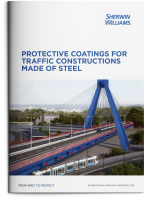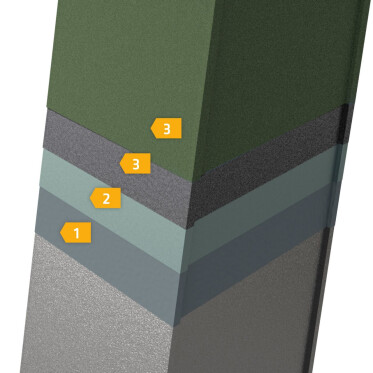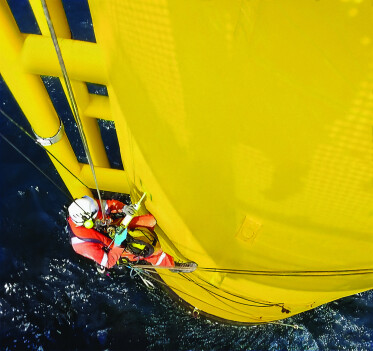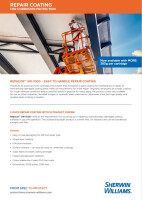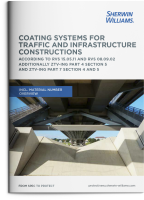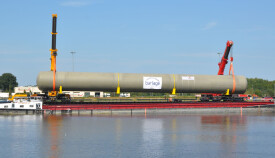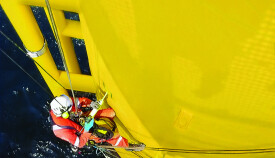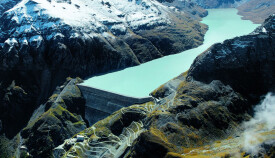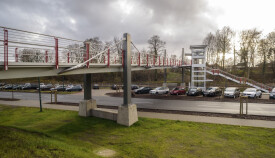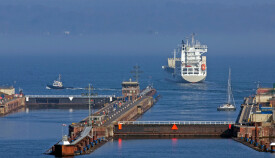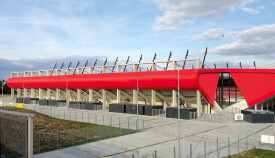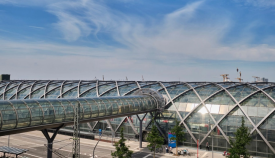ZTV-ING
The BASt has developed "Zusätzliche technische Vertragsbedingungen und Richtlinien für Ingenieurbauten" [Additional technical terms of contract and guidelines for civil engineering works]. Companies who want to be a part of such projects must ensure that they and their products comply with these rules.
Among other things, basic regulations for the preparation, implementation and checking of corrosion protection measures on structures are defined in these guidelines. Detailed descriptions and assignments of corrosion protection systems for different structures and components are also defined according to corrosion protection requirements.
The ZTV-ING (Additional technical terms of contract and guidelines for civil engineering works) define detailed descriptions and assignments of corrosion protection systems for various structures and components, depending on the corrosion protection requirement:
Corrosion protection of steel structures, ZTV-ING Part 4 Steel construction, steel composite construction, chapter 3
Corrosion protection of ropes and cables, ZTV-ING Part 4 Steel construction, steel composite construction, chapter 5
Seal an orthotropic track plate, ZTV-ING Part 7 Bridge coverings, chapter 4
Road surface and sidewalks, ZTV-ING Part 7 Bridge coverings, chapter 5
TL/TP-KOR STEEL STRUCTURES
A set of rules closely linked to the ZTV-ING are the "Technischen Lieferbedingungen und Technischen Prüfungsvorschriften für Korrosionsbeschichtungsstoffe für Stahlbauten" [Technical Terms of Delivery and Technical Test Regulations for corrosion protection coating materials for steel structures].
They define requirements and property characteristics for coating materials and systems for the corrosion protection of steel structures in accordance with the ZTV-ING and describe the respective test procedures. The focus is quality control and quality assurance with a durability of at least 25 years.
The additional technical terms of delivery and test regulations of the respective section in the ZTV-ING describe the corrosion protection systems, the coating materials and the test criteria depending on the composition or properties of the respective system. The individual systems for general steel construction from the ZTV-ING part 4 section 3 are described in so-called TL sheets.
RI-ERH-KOR
Guidelines for the maintenance of corrosion protection of steel structures
DBS 918084
Technical Terms of Delivery and Technical Test Regulations for coating materials for ballast trough coatings (sheet 84).
Only coating systems that meet these requirements are approved for use for initial coatings, partial and complete refurbishment. Such approved coating materials, together with their composition, are listed as systems by the BASt.

